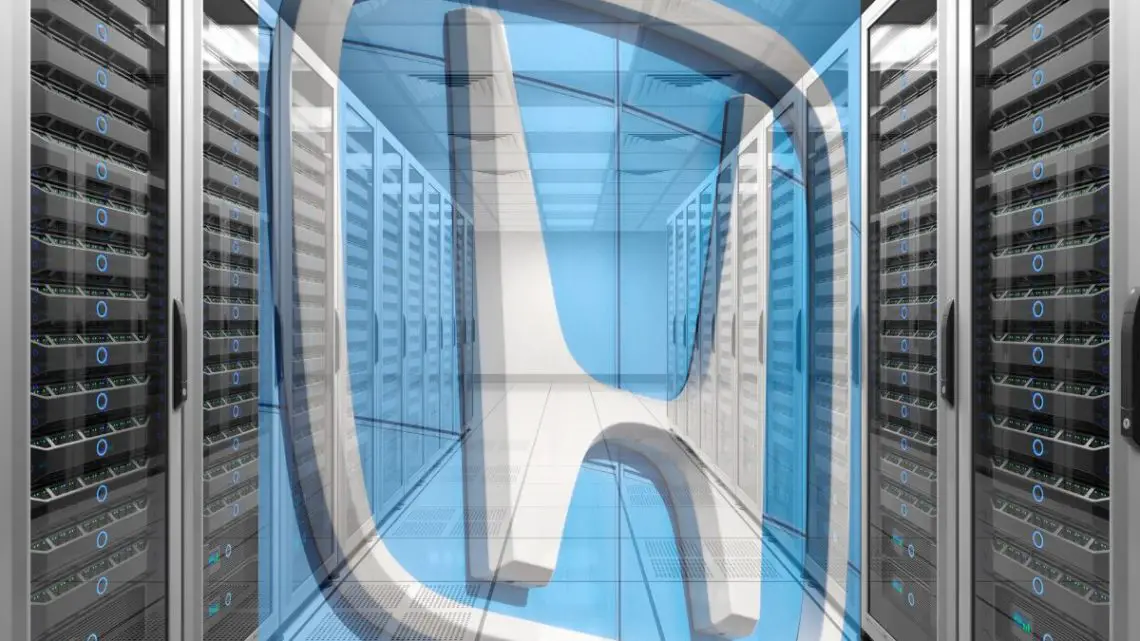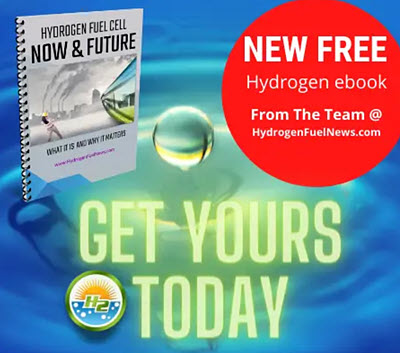
Honda fuel cells find new application as backup data center power
March 10, 2023The automaker is no longer pursuing its Clarity model but is still pushing forward with H2.
Honda may have decided not to continue its Clarity model vehicles, but it hasn’t abandoned fuel cells altogether, as the automaker has found a new opportunity for the components it developed.
The company announced it is using the equipment for backup power systems for its data center.
 Honda recently revealed that it was putting the Clarity fuel cells it developed into a new application by adding them to a backup power system for its own data center located south of Los Angeles. Until now, Honda had been reliant on diesel generators to provide the facility’s backup power.
Honda recently revealed that it was putting the Clarity fuel cells it developed into a new application by adding them to a backup power system for its own data center located south of Los Angeles. Until now, Honda had been reliant on diesel generators to provide the facility’s backup power.
According to the automaker, this move remains just a “proof of concept”, according to a recent TechCrunch report. That said, the goal is to be able to follow this test with the commercialization of the technology. Furthermore, the company has stated that it also sees potential for the equipment in areas other than providing emission-free backup power for data centers.

It’s important to note that while the operation of the H2 generator units is emission-free, the company has pointed out that it is not using exclusively green H2. This means that some of the hydrogen used for the fuel cells has been produced using fossil fuels, so the entire process is not emission-free, only the operation of the generators themselves. That said, Honda has confirmed that when the technology is commercialized, its intention is to use green hydrogen exclusively.
Honda has not stopped believing in cars powered by fuel cells, even though it stepped away from Clarity.
The automaker may have taken the equipment it was using for its discontinued Clarity model and has repurposed it for backup power generation, but it has made it clear that it hasn’t moved away from H2 for transportation altogether. In fact, it has been working with General Motors on just that kind of next-generation project.
Honda plans to incorporation its next-generation fuel cells into a new hydrogen-powered vehicle “based on the Honda CR-V” as was recently reported by Hydrogen Fuel News. That vehicle is expected to roll out next year.
Join in the conversation and help shape the future of hydrogen energy by voting in our poll today – See Below: [forminator_poll id=”57416″]



 With over 15 years of reporting hydrogen news, we are your premier source for the latest updates and insights in hydrogen and renewable energy.
With over 15 years of reporting hydrogen news, we are your premier source for the latest updates and insights in hydrogen and renewable energy.
long term, green hydrogen offers the best solutions across the board as a major sustainable energy source. looks like we still have a lot of hurdles to overcome. Can we overcome in time? infrastructure being one of the biggest, but in my limited knowledge I don’t understand why green hydrogen isn’t being pushed harder than battery storage. Seems to me we are just switching fossil fuel for lithium and copper mining? the quantities of aluminum and copper to create worldwide recharging stations is mind boggling… and the carbon to produce those resources are being masked…. How do we change the political systems of the world in time?
It is the entrenched special interests that impede green hydrogen. Every standard cubic foot of H2 displaces an equivalent natural gas sale. Making power in-State reduces lucrative interstate power wheeling fees to the private electrical utilities. Well-heeled lobbyists exceed legislators by about 6:1 in Washington DC. H2 stores cheaply in existing developed salt domes and oil wells just like natgas, that tech is very old. H2/natgas blends of up to 15% increases BTU content, reduces CO2 emissions and does not require special piping or end user equipment upgrades; that tech is also very old and proven. The amount of H2 storage achieved by H2 blending into the existing natgas storage & transport system is staggering. Reconversion is “free” as the existing combustion generation is already in place & operating. Without Utility grade energy storage Renewable Energy will always be an erratic, supplemental source.
I’m with you Mitch on using green hydrogen stored in the natural gas system. One comment seems off however: “H2/natgas blends of up to 15% increases BTU content”. If H2 is 240 BTU/scf and natural gas is about 1000 BTU/scf, how can a H2/natgas mixture be 15% MORE than natural gas.
The hydrogen methane blend also works amazingly well in CNG vehicles. It gives more power, better mileage, and lower emissions than CNG. CNG is an awesome fuel, but making it work better is easy.
I have a vehicle that has been modified to use CNG and it also has the ability to blend HCNG onboard. It has three compressed fuel tanks with CNG and 5000 PSI H2 fill ports. Filling one tank with H2 then transferring some to an empty tank before filling it with CNG gives the blend instantly. A pressure gauge shows how much H2 is dispensed into the empty tank.
This vehicle is available for demonstration if proof is needed.
We call our proprietary blend Intergalactic Gas. This will be repeated as often as necessary!
We feel this is important and not common knowledge.